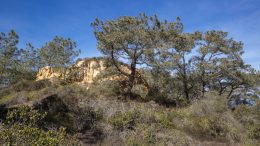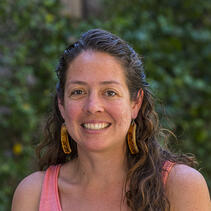The Place:
Torrey Pines State Natural Reserve, Central Coast of San Diego County
Why It Matters:
Southern California’s coast is better known for its beaches than its woodlands. Torrey Pines State Natural Reserve is home to both. The woodlands are formed by one of the few trees that naturally grows on Southern California bluffs — the IUCN red-listed Torrey pine (Pinus torreyana).
The California State Parks system manages 280 park units, but this is 1 of only 14 to have reserve status, which designates areas of conservation importance that contain threatened species, habitats, or unique geological formations. The presence of Torrey pine, the rarest pine tree in the United States, meets this requirement. Torrey pines are tenacious trees, growing in interesting shapes on the windblown bluffs, even sprawling along slopes, or growing straight and robust trunks in protected canyons. The trees only grow naturally in this small stretch of coast, with a cousin taxon found on one of California’s Channel Islands.
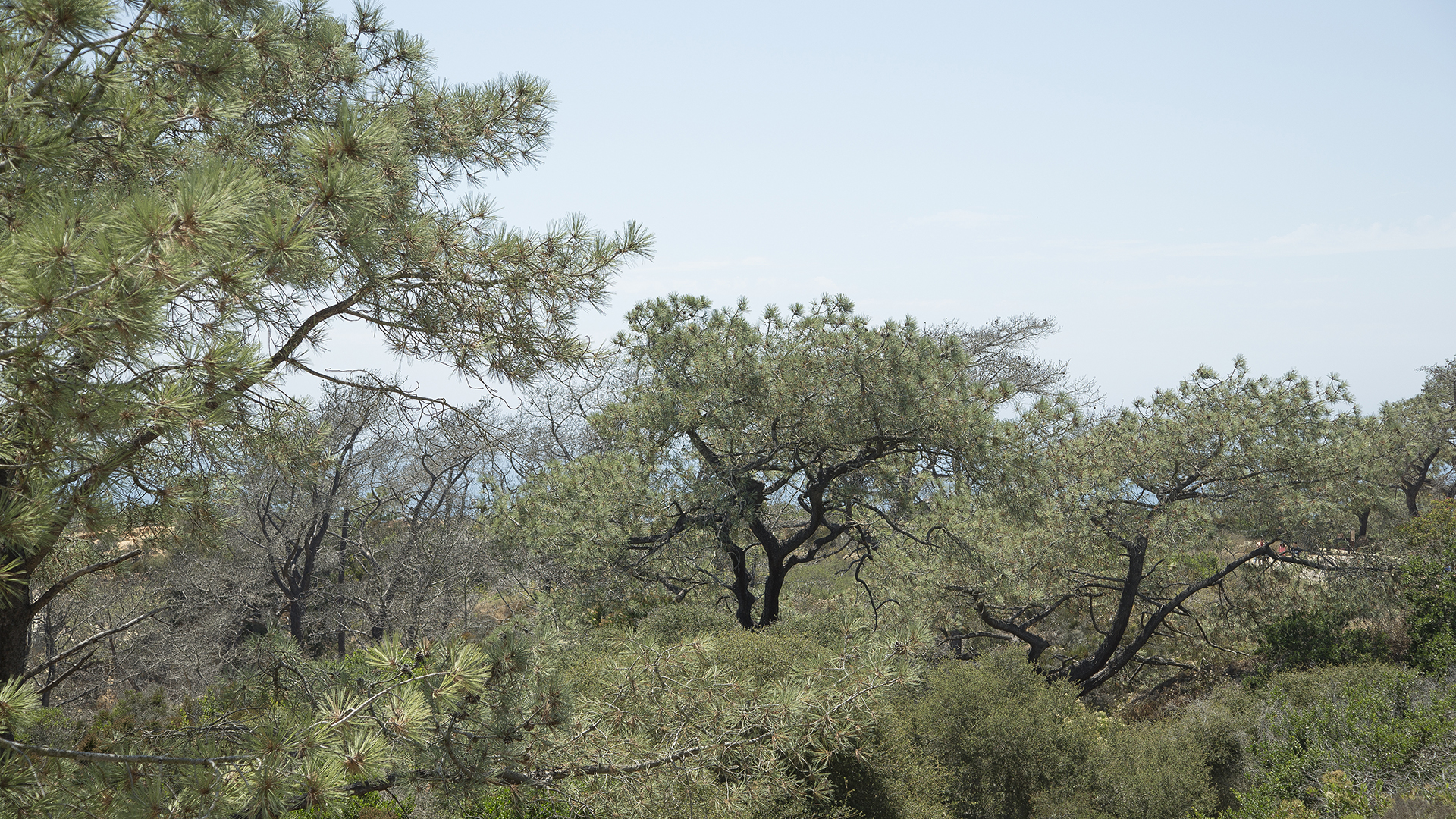
But the quirky rare trees aren’t all that makes the state reserve special — it’s also home to several plants recognized by California as rare, threatened, or endangered. The cliffs perennially host a pair of peregrine falcons, who can be seen soaring along the cliff edge or perched atop a Torrey pine. And since this is a coastal spot, there’s a chance to observe some interesting marine life: both great white sharks and playful dolphins have been seen from the overlooks.
The Threat:
The trees that give the reserve its name have suffered tremendous losses in the past decade. Around 17% of the canopy cover was lost during the drought that dominated Southern California for most of the 2010s. The drought stressed the trees and reduced sap production, making them unable to push out native five-spined engraver beetles, who infested the trees. Hundreds of trees died.
With the return of rains, the threat has retreated — for now. Climate change makes extreme weather events more common, so it’s only a matter of time before drought stress affects the trees again and beetle threat looms.
Beetles are not the only threat at the reserve, or even for the Torrey pine. Following the infestation, and perhaps riding some beetle tailcoats, the reserve experienced an outbreak of pitch canker, an exotic fungal infection. The disease, like the beetle pests, takes advantage of stressed trees but thrives with some moisture.
Invasive plant species are a constant threat throughout the park, potentially crowding out native plants and degrading habitat quality. A change of fire regimes also has effects, with increasing fuels in some areas and the kindling of invasive grasses increasing the chances of larger fires.
Who’s Protecting It Now:
California State Parks manages the reserve and works to maintain natural processes as much as possible. This is no easy task when fire regimes have been altered, invasive species pervade, and climate change is making its effects felt. The agency is aided by volunteer docents, who do everything from leading tours to working to control some of the more pervasive weeds (as a group known as the Wacky Weeders).
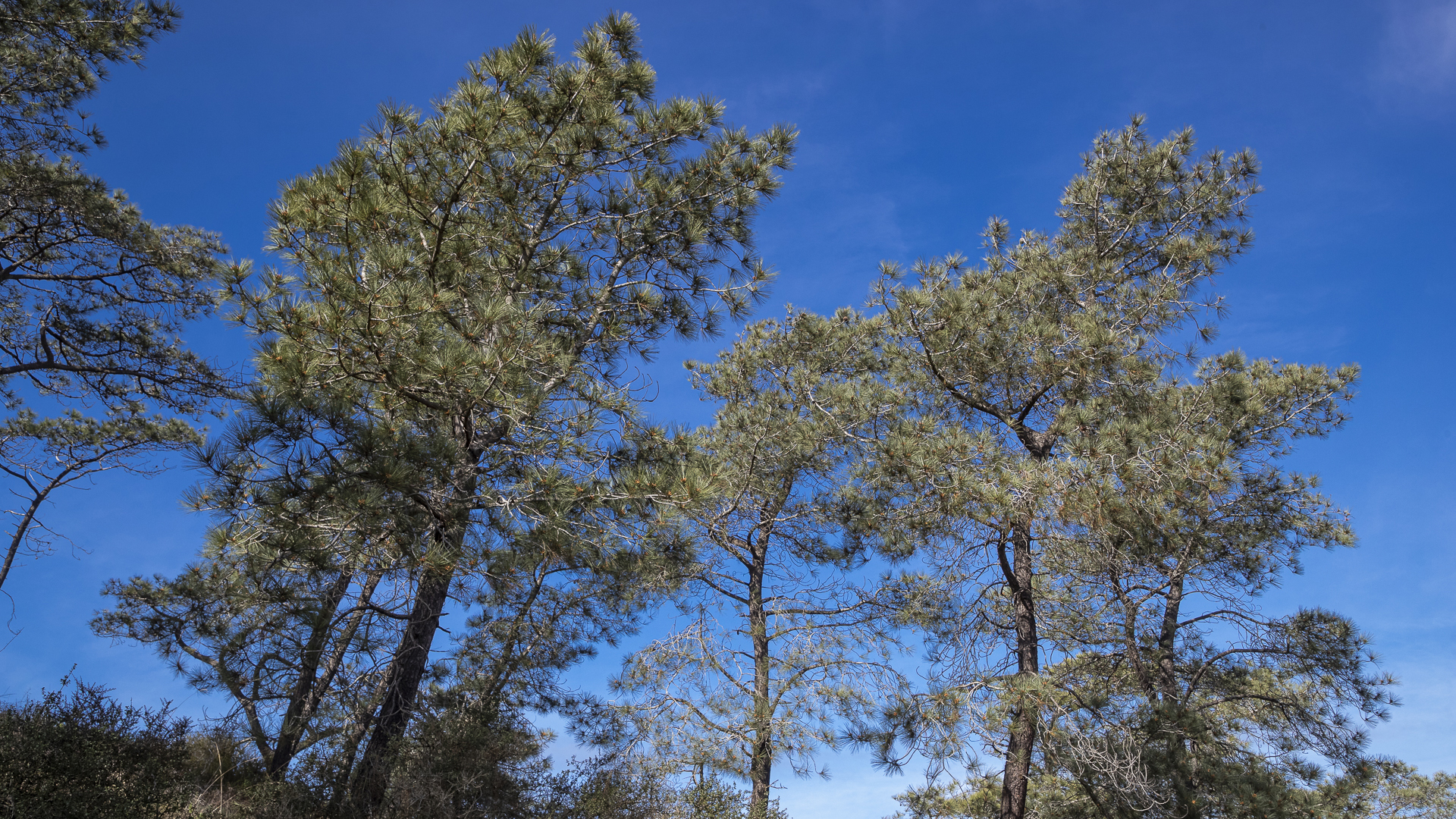
Other nonprofit groups support the management of this special place, including the Torrey Pines Conservancy, which provides key funding projects such as beetle trapping, large trash removal, facilities maintenance, and more. The San Diego Zoo Wildlife Alliance works with California State Parks on research around the Torrey pines population sustainability in the face of increasing threats, partnering with the California Department of Forestry and Fire Protection and U.S. Forest Service. The Alliance also works with The Chaparral Lands Conservancy for restoration of short-leaved dudleya.
What This Place Needs:
There are some things against which even a “protected” area can’t protect. And though the State Parks staff try to maintain natural processes as much as possible, support for active management is always needed. This support might be volunteers, funding to support management activities, or research that can inform the next management steps. SDZWA is working on helping to fill in some gaps on management, but support for more long-term work still falls short. Because the climate is becoming more erratic, we need time to study more of the variety in climate and how different trees respond; yet support for long-term research and monitoring of management impacts can be hard to find.
My Place in This Place:
My work at Torrey Pines State Natural Reserve began at the start of COVID-19 pandemic lockdowns. We did our initial surveys by walking overgrown trails in all-but-empty park during a spectacularly blooming spring. It was a such a privilege to be able to take the time to examine the plant diversity — especially at a time when the space was inaccessible to so many.
Taking in the views in the cool shade of the Torrey pine trees and seeing the beauty of the rugged coast combined with the beautiful plants kept my spirits high in tough times. That’s when I truly understood the importance of nature on mental health, and why the reserve is so incredibly popular. Its location in center of coastal San Diego County makes it accessible to many, a beautiful stretch of natural land tucked in the sprawl of suburbia connecting many to nature. Torrey Pines State Natural Reserve is a place where both nature and people thrive.
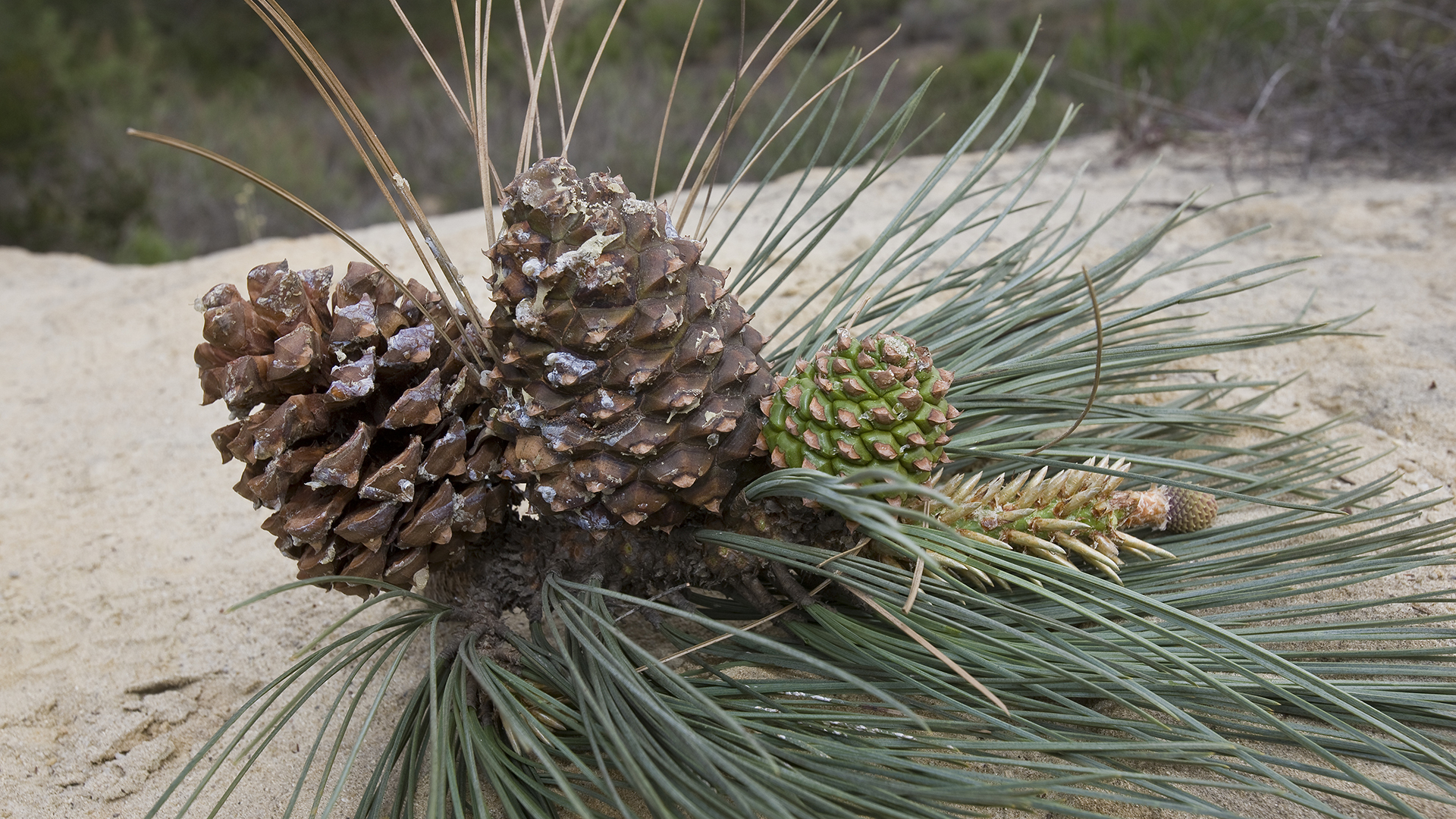
In my years monitoring the trees, I’ve been amazed at their diversity in growth forms and their tenacity. They range from 5-foot-wide giants with full crowns tucked in ravines to wind-blown individuals that almost look like shrubs. They will continue to grow after falling over and will stretch roots over cliffs to get footholds.
It has been incredibly upsetting see so many succumb to beetles or have their crown degraded by the pitch canker fungus. I can only hope that the things we’re learning can help the species, if not the individuals we see now, survive these stresses and threats into the future.
We are working on developing restoration protocols, with some of our seedlings flourishing.
The trails reopened to the public long ago, and since then I’ve heard nothing but curiosity and support from the reserve’s many visitors — especially students. With such positive signs in the next generations, of both people and trees, I have great hope for this place.
Do you live in or near a threatened habitat or community, or have you worked to study or protect endangered wildlife? You’re invited to share your stories in our ongoing features, Protect This Place and Species Spotlight.

Previously in The Revelator:
Species Spotlight: The Coastal Sage Scrub Oak, an Unassuming Cornerstone of its Ecosystem

